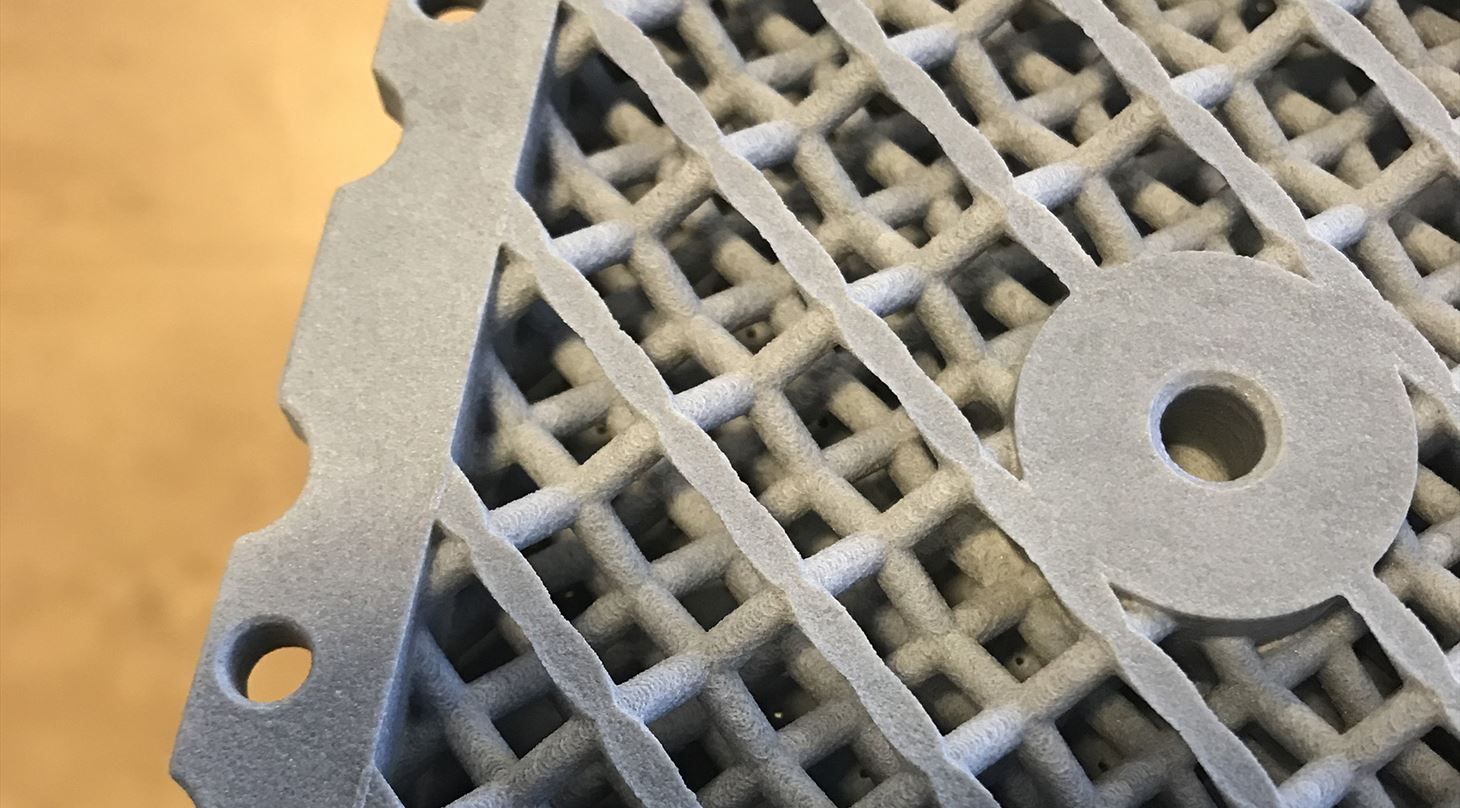
3D-printed parts for casting provided greater design freedom and fast switches in production
The company BEWI produces Flamingo® on a daily basis, and for this they use casting tools made of aluminium for printing on flamingo. When BEWI participated in a MADE demonstration project, it was driven by a curiosity to investigate whether it was possible to implement 3D printing for parts of their casting tools.
In collaboration with the Danish Technological Institute, BEWI discovered that the implementation of 3D printing for the casting process at BEWI could make it cheaper to manufacture, and it resulted in shorter production time. At the same time, it would be possible to meet the market's demand for complex and diverse geometries thanks to 3D printing's great design freedom.
BEWI also uses casting tools made of aluminium to cast parts in Flamingo® with logos. When a part is to be shaped, it requires a passage of steam and cooling water in the tool wall as well as a high thermal conductivity. The problem for BEWI arose when several of their customers demanded complex and diverse geometries - this places extensive demands on the tool construction, and here BEWI experienced limitations in the casting process.
We offer 3D printing production
"The flexibility is more than welcome"
Therefore, BEWI became interested in exploring the possibilities of using 3D-printed parts as part of the casting process in an attempt to meet market demand for complex and diverse geometries. Here, the MADE project provided an insight into how 3D printing could fulfill BEWI's wishes without compromising conventional production. 3D printing proved to be able to satisfy BEWI's desire for customized solutions and a rapid conversion of production, which is crucial in a changing market.
The details we make at the moment are at times on the edge of engraving work, and it is something that costs both time and money if you were to mill it out of aluminium. Some of the parts we cast sometimes only need to be used once, so it’s a shoe-in for 3D printing – and the flexibility is more than welcome
- Ole Krebs, Head of Development, BEWI
Increased profitability and shortened production time
The fact that 3D printing was an obvious choice for BEWI's changeable production was, among other things, due to the possibility of shortening the production time, because with 3D printing you do not have to mill the part, which is profitable in terms of working hours and production time.
- 3D printing has provided some other options than when we had a conventional tool made. For 3D printing, you instead create a file that you can subsequently print. So it is not the same as having to physically sit and mill an aluminium block, says Steen Storgaard, designer at BEWI.
The MADE Demonstration project has provided a unique sparring
For BEWI, the participation in the MADE Demonstration project has been a new initiative that has provided unique sparring in exploring the possibilities of 3D printing.
- It has been new for us to have to reach out, because we have typically sought inspiration within our own industry. By having to reach out to a partner like the Danish Technological Institute, we have had to explain what it is we do in our daily lives. It has been an important learning experience, says Ole Krebs.
MADE The demonstration project has been made possible by funding from the Danish Industries Foundation.
A shorter version of the article was originally published by MADE
MADE The demonstration project has been made possible by funding from the Danish Industries Foundation.